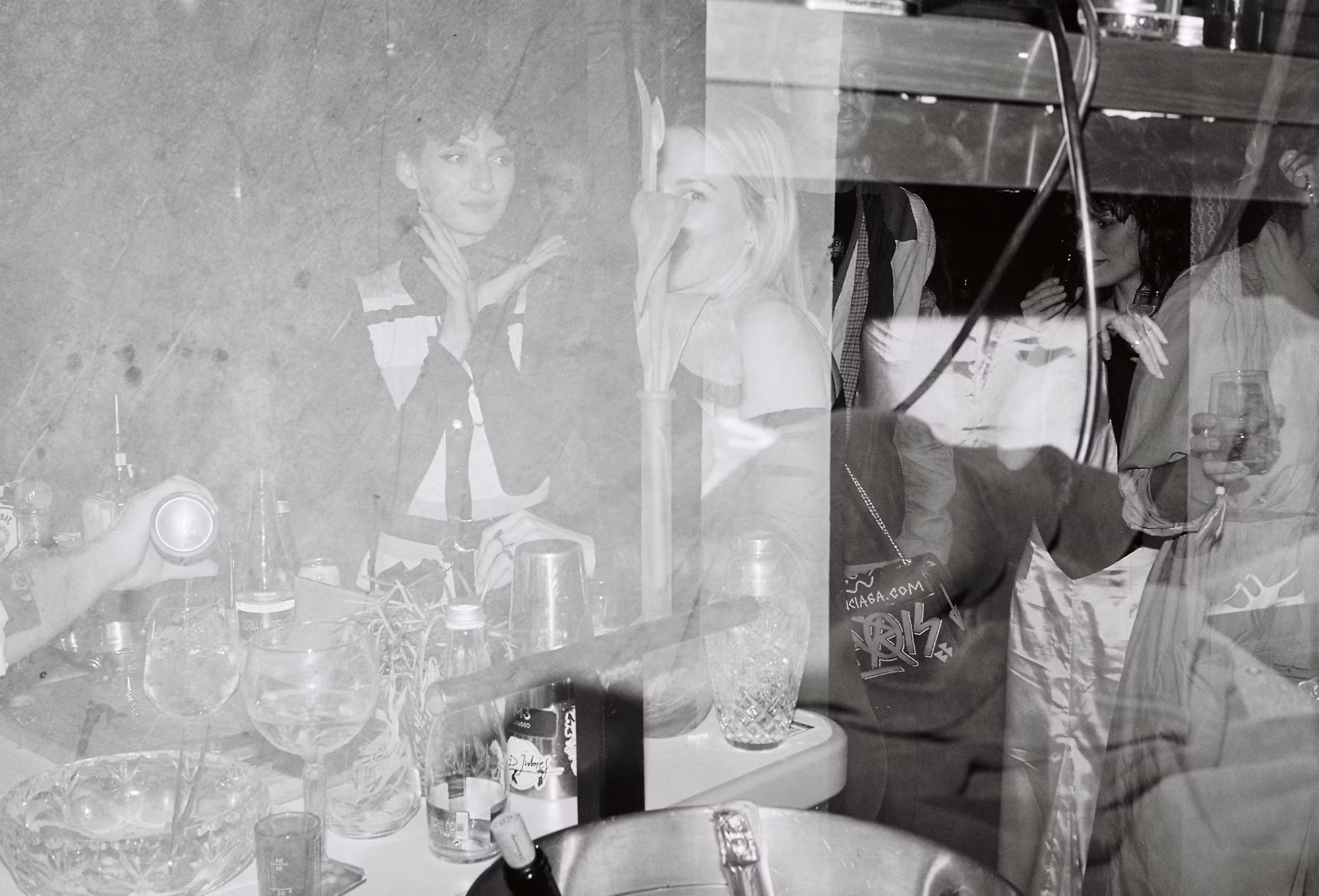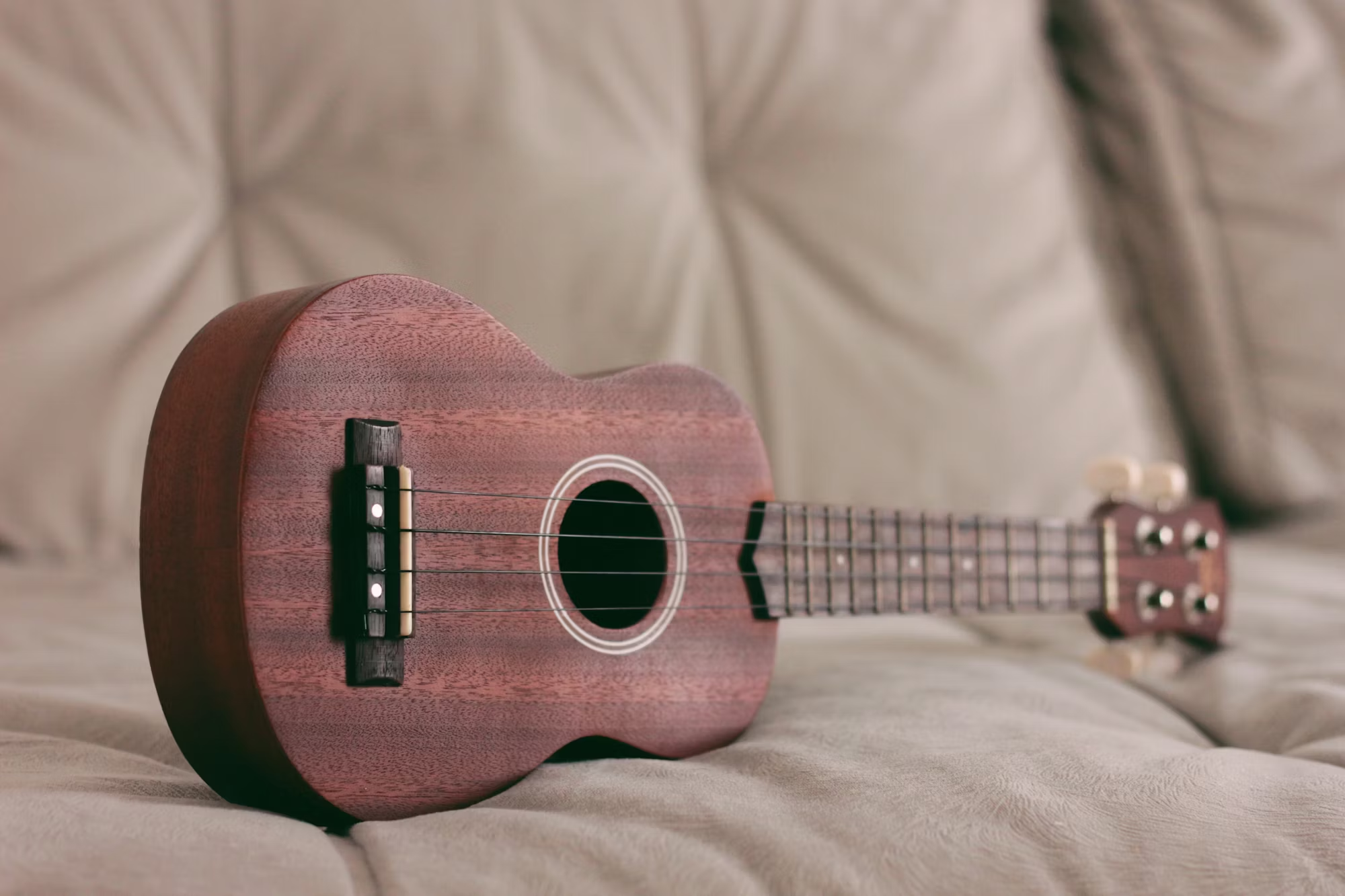The piano, a beloved instrument in many cultures, serves as a bridge between diverse musical traditions. Its ability to adapt to different styles and genres has made it a crucial component of both classical and contemporary music worldwide. This article delves into the piano’s cultural significance, examining its role in various musical traditions and how it continues to inspire creativity and collaboration across the globe.
The Global Journey of the Piano
The piano’s journey began in the early 18th century when Bartolomeo Cristofori invented the pianoforte in Italy. This groundbreaking instrument quickly spread throughout Europe, where it found its place in the salons of the aristocracy. As the instrument gained popularity, it became a staple in homes and public venues alike, leading to its integration into various cultural contexts.
In Western music, the piano evolved alongside different musical movements, from the intricate compositions of the Baroque and Classical eras to the emotional depth of Romantic music. However, its influence is not limited to Western traditions. The piano’s adaptability allowed it to blend with various cultural styles, resulting in a rich tapestry of musical expression.
The Piano in Classical Traditions
Western Classical Music
In Western classical music, the piano has been a cornerstone for composers and performers alike. The instrument has inspired numerous iconic composers, including Johann Sebastian Bach, Wolfgang Amadeus Mozart, and Ludwig van Beethoven. Each contributed significantly to the piano repertoire, creating works that are celebrated for their emotional depth and technical prowess.
Bach’s Goldberg Variations showcase the piano’s capabilities in exploring complex counterpoint and intricate harmonies. Mozart’s sonatas exemplify clarity and elegance, while Beethoven’s sonatas and concertos pushed the boundaries of emotional expression, particularly evident in his Piano Concerto No. 5, known as the Emperor Concerto. These works not only highlight the piano’s versatility but also its essential role in shaping Western classical music.
Eastern Classical Music
Beyond the Western canon, the piano has also found its place in Eastern classical traditions. In Japan, for instance, composers like Toru Takemitsu have incorporated Western classical techniques with traditional Japanese aesthetics, creating a unique fusion that resonates with audiences. Takemitsu’s works, such as Rain Coming, reflect the beauty of nature and emotion through the piano, showcasing its adaptability to different cultural narratives.
Similarly, Chinese composers like Tan Dun have embraced the piano in their compositions, blending Western styles with traditional Chinese elements. Tan Dun’s Piano Concerto: The Fire merges modern techniques with cultural themes, illustrating the piano’s role in expressing a diverse range of musical ideas and emotions. This cross-cultural exchange highlights the instrument’s ability to serve as a common language, uniting musicians from different backgrounds.
The Jazz Influence: A Cultural Melting Pot
One of the most significant cultural contributions of the piano is its role in the development of jazz music. Emerging in the early 20th century, jazz brought together diverse musical influences, including blues, ragtime, and European classical traditions. The piano became a central instrument in jazz ensembles, allowing musicians to explore improvisation and express their individuality.
Jazz pianists like Art Tatum and Duke Ellington pushed the boundaries of the instrument, introducing innovative techniques and complex harmonies. Tatum’s virtuosic playing and improvisational skills set a new standard for piano performance, while Ellington’s compositions, such as Mood Indigo, showcased the piano’s ability to convey rich emotional narratives.
As jazz evolved, so did the role of the piano within the genre. The emergence of bebop in the 1940s, led by pianists like Thelonious Monk and Bud Powell, introduced a fast-paced, intricate style that emphasized complex chord progressions and rapid improvisation. This evolution of jazz piano further solidified the instrument’s significance in the cultural landscape, influencing countless musicians and genres worldwide.
The Piano in Popular Music: A Universal Appeal
The piano has also made a significant impact on popular music, transcending genres and connecting with audiences across the globe. Iconic artists such as Elton John, Billy Joel, and Adele have harnessed the instrument’s emotional power to create unforgettable songs that resonate with listeners.
Elton John’s Your Song exemplifies the piano’s role in crafting heartfelt ballads, where the instrument serves as both a melodic foundation and an emotional anchor. Similarly, Billy Joel’s Piano Man celebrates the communal experience of music, inviting listeners to share in the joy of storytelling through song.
Adele’s Someone Like You showcases the piano’s ability to evoke raw emotion, allowing the singer to convey vulnerability and strength. These examples illustrate how the piano not only enhances popular music but also acts as a medium for personal and collective expression, making it a beloved instrument across various cultures.
The Piano in World Music: A Fusion of Cultures
As the world becomes more interconnected, the piano continues to serve as a bridge between different musical traditions. In Latin music, for instance, the piano has been embraced in genres like bossa nova and salsa. Artists such as Antonio Carlos Jobim and Chucho Valdés have incorporated the piano into their compositions, blending traditional rhythms with harmonic sophistication, resulting in a vibrant fusion of sounds.
World music fusion, where diverse cultural influences intersect, often features the piano prominently. Musicians like Anoushka Shankar, who blends Indian classical music with contemporary styles, have utilized the piano to create innovative compositions that resonate with a global audience. This blending of cultures not only enriches the music but also fosters understanding and appreciation for diverse musical heritages.
The Piano’s Role in Education and Community
The piano’s influence extends beyond performance and composition; it plays a vital role in education and community engagement. As one of the most widely taught instruments, the piano serves as an introduction to music for countless students around the world. Learning to play the piano fosters discipline, creativity, and cognitive development, providing a solid foundation for further musical exploration.
In community settings, the piano often serves as a focal point for gatherings and celebrations, bringing people together through music. Group piano classes and community concerts create opportunities for collaboration and shared experiences, reinforcing the piano’s role as a social instrument that fosters connection and joy.
Conclusion: The Enduring Legacy of the Piano
The piano’s journey across cultures and genres is a testament to its versatility and enduring appeal. From its origins in the 18th century to its pivotal role in classical, jazz, popular, and world music, the piano has shaped musical landscapes and cultural movements around the globe. Its ability to adapt and resonate with diverse audiences ensures that it will continue to inspire and connect people for generations to come. The legacy of the piano is not just in the music it creates but in its power to unite, uplift, and enrich the human experience.

